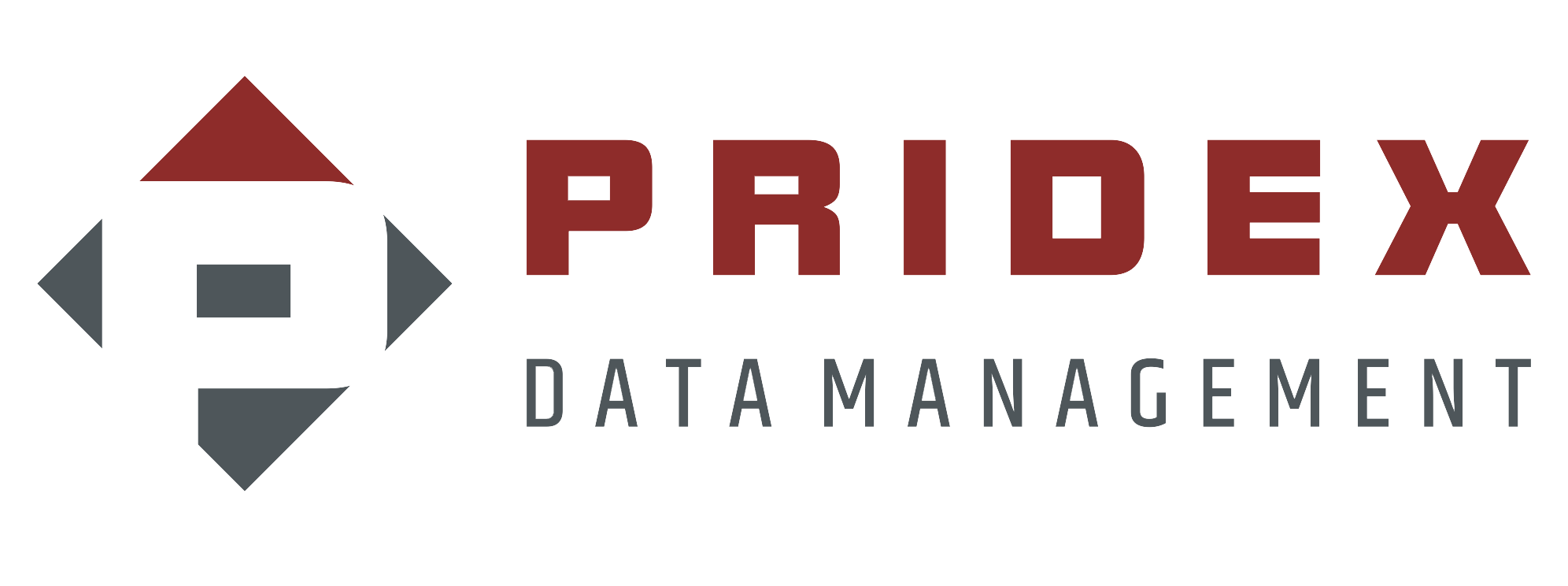Set the stage by acknowledging the challenges of managing paper-based documents in today’s fast-paced digital landscape. Introduce the blog’s purpose: to provide actionable insights and strategies for organizations looking to embark on the journey of document digitization.

Assessing Your Document Landscape:
-
Inventory and Prioritization: Guide readers through the process of conducting a comprehensive inventory of existing documents, categorizing them based on relevance and priority for digitization.
-
Regulatory Compliance: Highlight the importance of identifying regulatory requirements and compliance standards relevant to document management, such as data privacy laws and industry-specific regulations.
Choosing the Right Tools and Technologies:
-
Document Scanning Solutions: Discuss different types of document scanners and scanning software options, considering factors like scanning speed, image quality, and compatibility with existing systems.
-
Document Management Systems (DMS): Provide an overview of DMS platforms, emphasizing features such as document indexing, version control, access controls, and integration capabilities with other software applications.
-
OCR and Data Extraction: Explain the role of OCR technology in converting scanned documents into searchable and editable text, facilitating data extraction and automation of document workflows.
Planning and Implementation:
-
Pilot Projects: Recommend starting small with pilot digitization projects to test workflows, assess technology capabilities, and gather feedback from end-users before scaling up.
-
Change Management: Stress the importance of effective change management strategies, including stakeholder engagement, communication plans, and training programs to ensure smooth adoption of digital document workflows.
-
Data Migration and Legacy Systems Integration: Address challenges associated with migrating existing paper-based documents to digital formats and integrating digitization efforts with legacy systems.
Ensuring Data Security and Compliance:
-
Encryption and Access Controls: Discuss security measures such as encryption, user authentication, and role-based access controls to protect sensitive digital documents from unauthorized access.
-
Compliance Audits and Monitoring: Advocate for regular compliance audits and ongoing monitoring of document management practices to ensure alignment with regulatory requirements and industry standards.
Continuous Improvement and Optimization:
-
Feedback Mechanisms: Encourage organizations to solicit feedback from employees and stakeholders on the usability and effectiveness of digital document workflows, iterating and refining processes based on input.
-
Performance Metrics: Recommend establishing key performance indicators to measure the impact of document digitization initiatives on productivity, cost savings, and compliance.
Conclusion:
Summarize the key takeaways from the practical guide, emphasizing the importance of strategic planning, stakeholder engagement, and ongoing optimization in successful document digitization efforts. Encourage readers to leverage the insights provided to embark on their own journey toward modernizing document workflows and unlocking the benefits of digital transformation.






